Minsokchon (민속촌)
15.7Km 2021-08-06
33, Myeongdong, 9-gil, Jung-gu, Seoul
+82-2-779-8371
A place where you can try various Korean dishes. This restaurant's signature menu is grilled strip loin. This Korean dishes restaurant is located in Jung-gu, Seoul.
GOYONAM - Myeongdong Branch (고요남 명동)
15.7Km 2021-03-19
10, Myeongdong 8na-gil, Jung-gu, Seoul
+82-2-318-2225
This is a Korean cuisine located in Myeong-dong, Seoul. A restaurant well-known for the large meat attached to bone and 55cm-long yukhoe chobap (a dish of raw slices of beef served over pressed vinegar rice). The representative menu is grilled beef ribs.
Teatro Myeongdong (명동예술극장)
15.7Km 2021-12-28
Myeongdong-gil 35, Jung-gu, Seúl.
+82-1644-2003
Este lugar se inauguró, por primera vez, en el año 1934, con el nombre de “Teatro Nacional de Myeongdong”, y funcionó como cine, centro de espectáculos artísticos, etc., hasta el año 1973. Ejerció así un papel primordial en la industria cultural y artística de Corea. Sin embargo, cerró en 1975.
Recientemente, tras una remodelación, el teatro volvió a abrir sus puertas, destinado solo a obras teatrales. Su interior está diseñado de forma circular, y se ha disminuido la distancia del escenario a la platea. Se representarán: teatro tradicional, actuaciones experimentales, espectáculos no verbales y musicales.
Teleférico del Monte Namsan (남산 케이블카)
15.7Km 2023-01-03
Sopa-ro 83, Jung-gu, Seúl.
El Teleférico del Monte Namsan es una instalación turística emblemática de la ciudad de Seúl, y durante más de 40 años ha estado ofreciendo el servicio tanto a los turistas nacionales como a los extranjeros. Ubicado en el monte Namsan, en el centro de Seúl, en las alturas podrá apreciar todo el paisaje natural del área. En particular, desde el 6 de diciembre de 2008 también se encuentran en funcionamiento los nuevos teleféricos, que poseen mayor capacidad, abarcando a 10 personas más, lo que permite que en cada recorrido puedan disfrutar del paisaje 48 personas. La otra gran diferencia es que posee un nuevo diseño más abierto, es decir, al estar cubierto con amplios ventanales, los pasajeros pueden apreciar mejor el panorama. Normalmente, el teleférico es utilizado por 50.000 pasajeros al mes, por lo tanto, si desea disfrutarlo tranquilamente, se le recomienda que lo visite durante el horario matutino, y otro consejo más: visitándolo de noche, podrá apreciar una vista nocturna espléndida de toda Seúl.
Korea Beauty Festival (코리아뷰티페스티벌)
15.7Km 2025-05-22
Eulji-ro 281, Jung-gu, Seúl
070-7603-3809 070-4880-2472
Samdae Naju Gomtang - Myeongdong Branch (삼대나주곰탕 명동)
15.7Km 2021-03-19
29, Myeongdong9-gil, Jung-gu, Seoul
+82-2-318-0879
This is a Korean cuisine located in Myeong-dong, Seoul. The representative menu is beef bone soup. A restaurant selling Korean-style healthy broth-based dishes.
Seolleneun Majung (설레는마중)
15.7Km 2021-03-30
49, Insadong-gil, Jongno-gu, Seoul
+82-2-6954-2915
It is a store that sells both traditional Korean desserts and coffee. This cafe is located in Jongno-gu, Seoul. The most famous menu is rice cake.
Onmaeul (온마을)
15.7Km 2025-07-18
127, Samcheong-ro, Jongno-gu, Seoul
A place that sells dishes made with beans, which are good for the health. This restaurant's signature menu is pureed soybean stew. This Korean dishes restaurant is located in Jongno-gu, Seoul.
Eunaenjeong Myeong-dong Dakgalbi (은앤정명동닭갈비)
15.7Km 2021-03-19
19, Myeongdong 7-gil, Jung-gu, Seoul
+82-2-778-1988
A place that sells dakgalbi (Spicy stir-fried chicken) or spicy chicken fried in a large pan loved by Koreans. This Korean dishes restaurant is located in Jung-gu, Seoul. The representative menu is spicy stir-fried chicken with cheese.
Museo de Arte Textil y Acolchado Chojun (초전섬유ㆍ퀼트박물관)
15.7Km 2023-01-16
Toegye-ro 18-gil 66, Jung-gu, Seúl.
Presenta aproximadamente 1.000 piezas de obras de arte acolchadas, vestimentas nacionales y extranjeras, etc. Las obras se exhiben en la gran sala de exposición y el otro gran espectáculo es la colección de muñecos del mundo en la entrada del museo. A un lado de la sala de exhibición está la tienda de suvenires en donde podrá adquirir productos de arte acolchados. También existe un espacio destinado a los programas participativos.
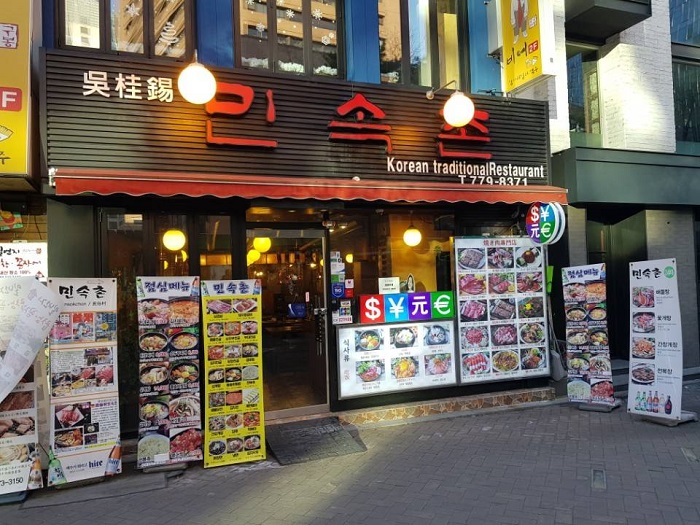
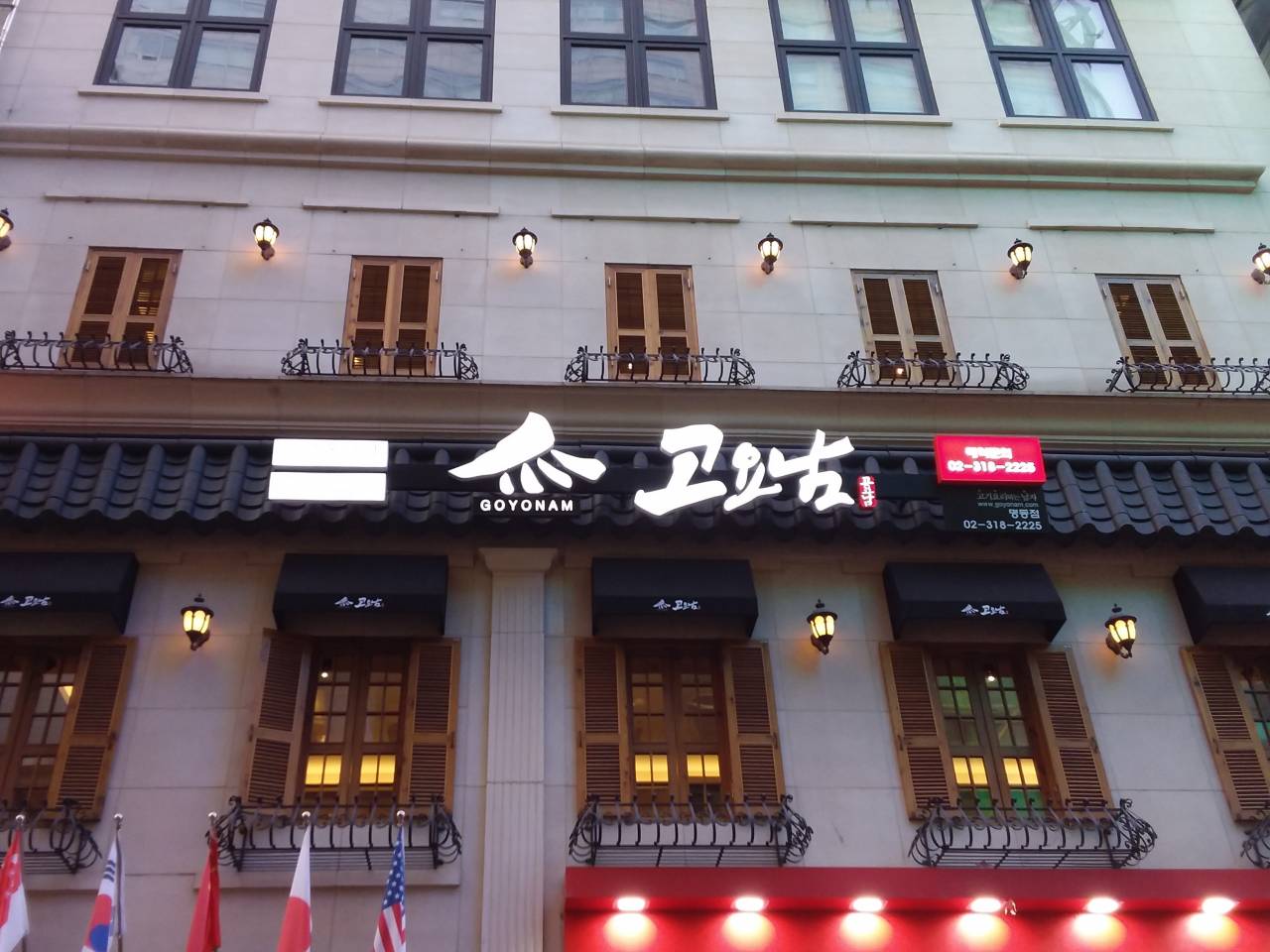
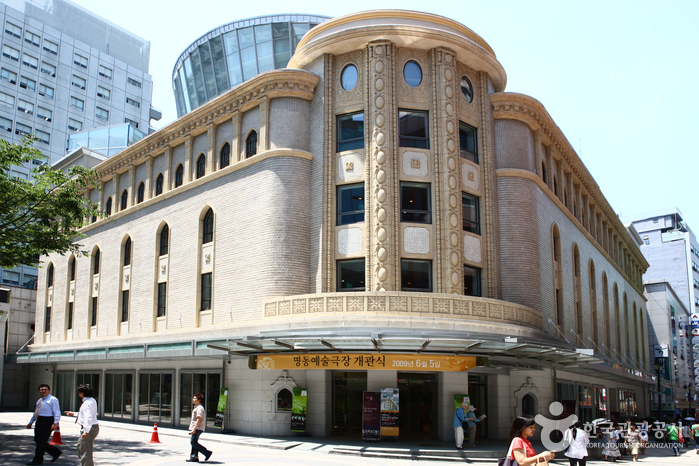
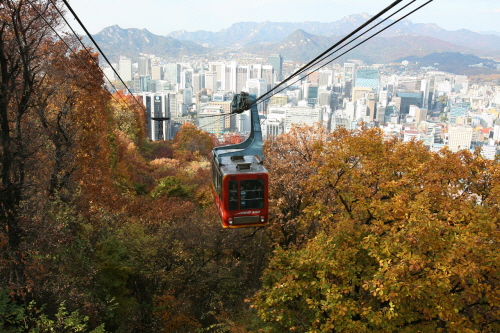
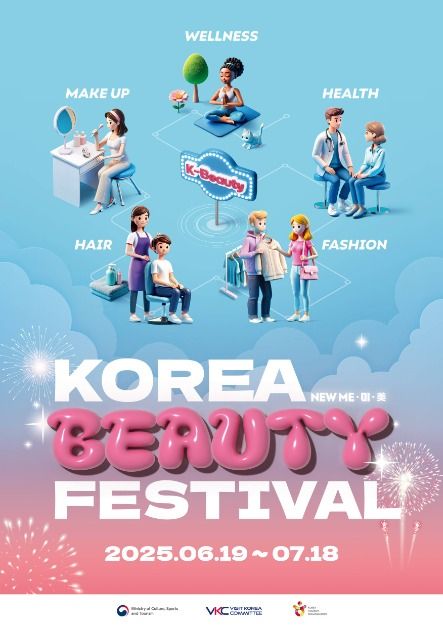
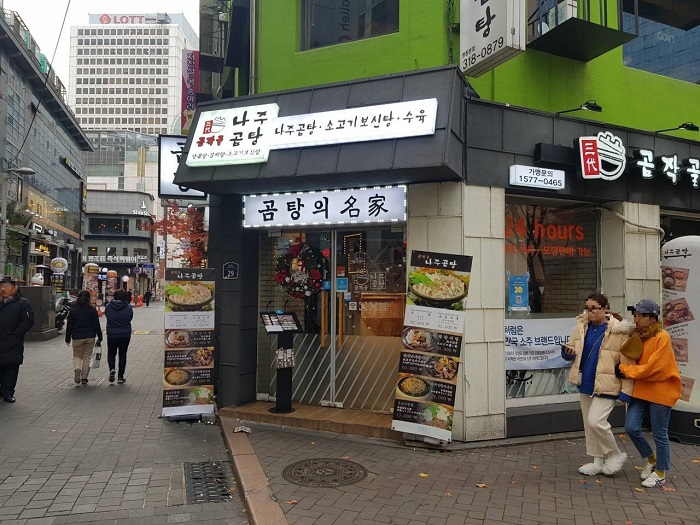
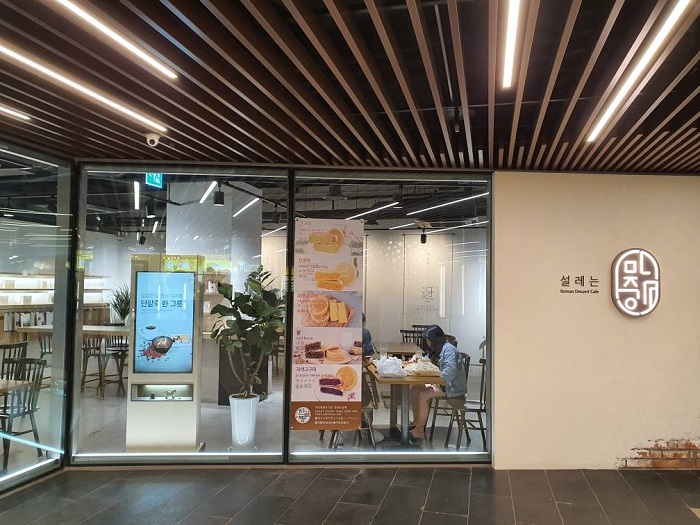
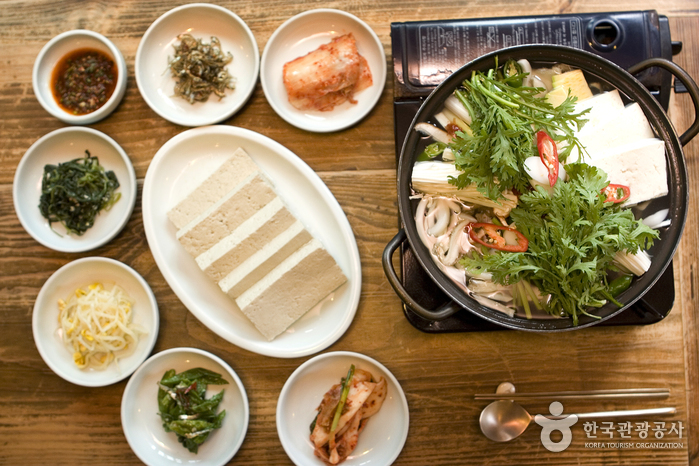
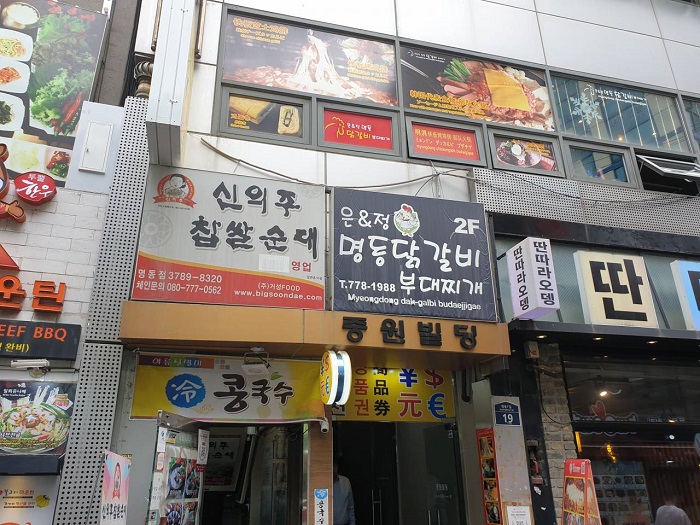
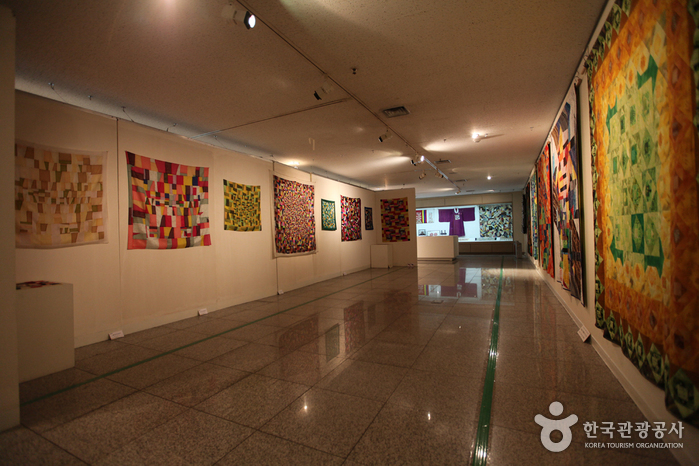
 Español
Español
 한국어
한국어 English
English 日本語
日本語 中文(简体)
中文(简体) Deutsch
Deutsch Français
Français Русский
Русский